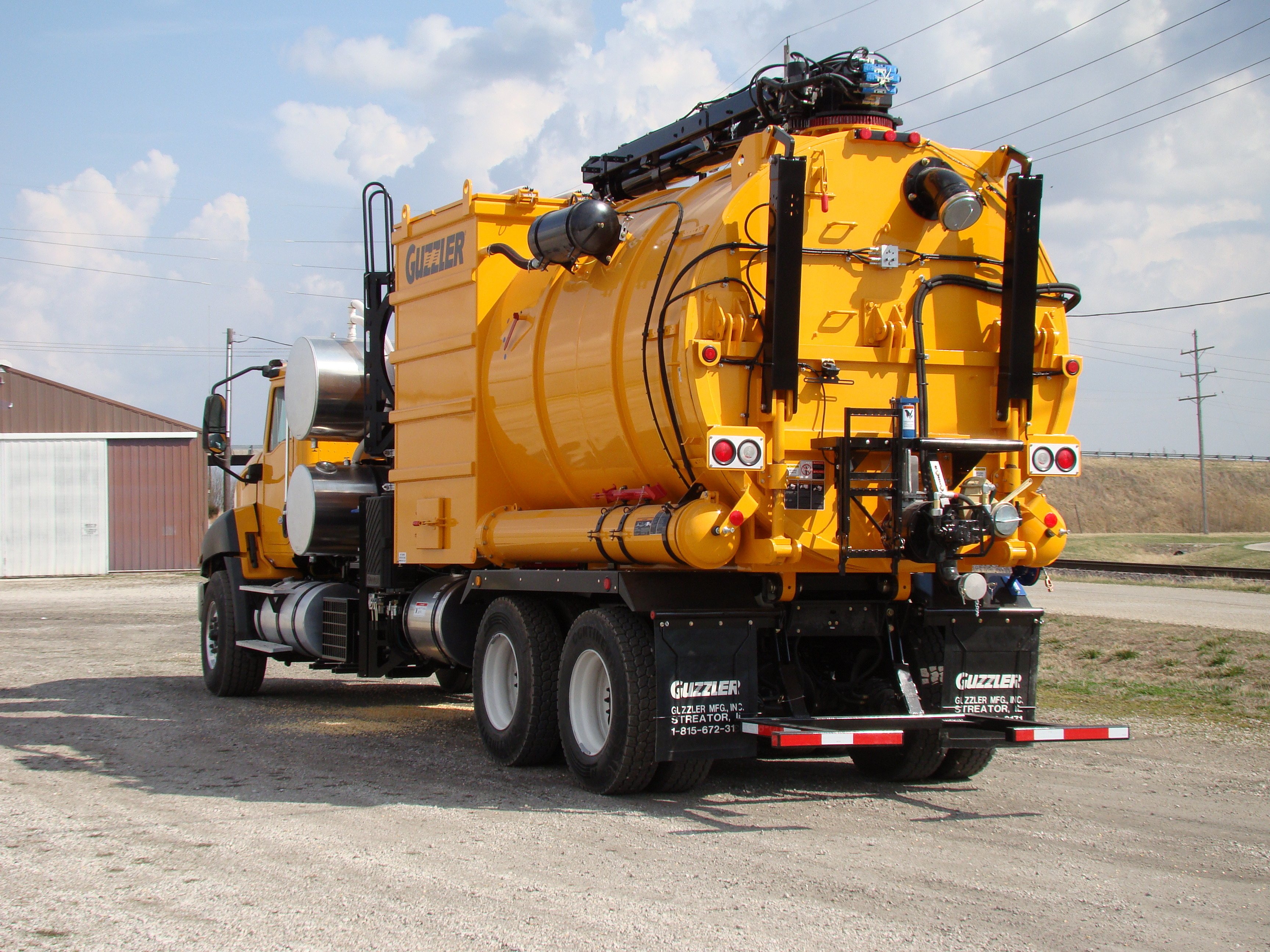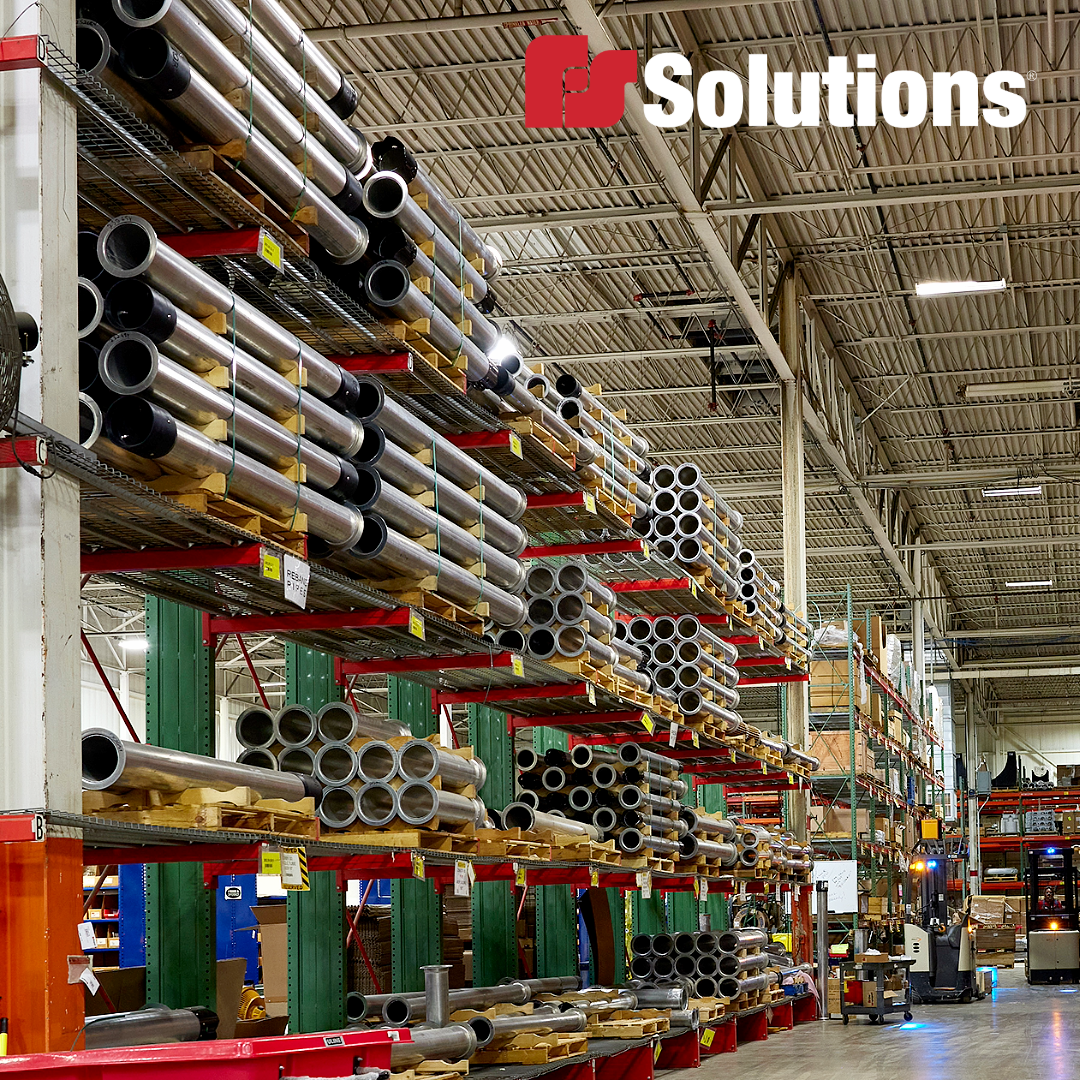Everything You Need to Know About Industrial Vacuum Truck Maintenance
by FS Solutions Team, on Nov 1, 2024 3:24:50 PM
It’s projected that the market for industrial vacuum trucks will rise from USD 1.97 billion in 2024 to USD 3.48 billion by 2032. The growing need for integrated systems that provide complete waste management, sanitation, and environmental remediation capabilities is one major trend propelling this growth.

As the need for modern heavy equipment increases, so does the requirement for their maintenance which ensures their longevity, reliability, and efficiency. Proper upkeep is essential for maximizing performance and minimizing downtime.
Industrial Vacuum Truck Applications
An industrial vacuum truck, also known as an industrial vacuum loader, can vacuum and transport a wide range of materials, from dry bulk powders to liquids and sludge.
These trucks are essential for these top 5 industries where they play a critical role in maintaining cleanliness and operational efficiency:
- Oil and Gas
- Mining
- Manufacturing
- Municipal Waste Management
- Construction
Known Issues in Vacuum Truck Maintenance
Remember to always follow the manufacturer’s instructions for all your equipment. Regular inspections, preventative maintenance programs, replacement of worn components, correct storage for equipment and parts, implementing prevention programs, and proper technician training are essential to avoid these common potential issues:
- Pump Problems
- Hose and Seal Leaks
- Corrosion
- Electrical Problems
- Filter Clogs
- Hydraulic System Failures
- Tire Damage
- Inadequate Lubrication
- Overloading
Key Maintenance Considerations for Vacuum Truck Equipment
For maximum performance and a prolonged lifespan, equipment requires proper maintenance. Here's what you should be aware of:
1. Regular Inspection and Preventive Maintenance:
- Do regular daily checks. Examine the engine, vacuum system, and all safety systems before starting the truck. Keep an eye out for damage, leaks, or wear.
- Have a separate list for weekly maintenance to verify that all hoses and connections are tight, check fluid levels, and examine the filtration system.
- Leave certain checks to be done monthly. Check the vacuum system thoroughly, making sure to check the baghouse filters, cyclone, and blower. OEM parts should be used to replace any worn or broken parts in order to guarantee compatibility and functionality.
- Always remember to address the equipment’s seasonal needs because additional maintenance, including winterizing the vehicle or checking the heating systems, may be necessary depending on the environment.
2. Use OEM Parts:
OEM (Original Equipment Manufacturer) parts are critical for maintaining the integrity of your industrial vacuum loader. These parts are specifically designed to meet the exact specifications of your equipment, ensuring a perfect fit and optimal performance.
The Benefits of OEM Parts
- Exact Fit: OEM parts are designed to fit your vacuum truck precisely, reducing the risk of malfunction or damage.
- Quality Assurance: These parts are manufactured to the highest standards, ensuring durability and reliability.
- Warranty Protection: Using OEM parts can help maintain your truck’s warranty and prevent costly repairs due to incompatible components.
Why to choose Aftermarket Parts:

Aftermarket parts are a great alternative for contractors who need flexibility and value. Here’s a quick pro/con compared to OEM parts.
Pros:
More options: Aftermarket parts are a low-cost solution for companies who sometimes maintain their fleets in-house
Wider selection: Manufacturers of aftermarket parts craft a wide variety of replacement parts to solve common heavy equipment maintenance issues.
Cons:
Varying quality: The bigger risk of aftermarket parts is the quality and durability of the parts in question, so do your research.
No support/limited warranty: OEM parts are backed by support and the manufacturer’s warranty, so do your research if you decide on aftermarket parts.
3. Troubleshooting Common Issues:

Even with regular maintenance, vacuum trucks can experience issues. Here are some common problems and how to troubleshoot them:
| Reduced Suction Power | |
| Possible Causes > | Clogged filters, leaks in the vacuum system, or a worn out blower. |
| Solution > | Clean or replace filters, inspect hoses and seals for leaks and check the blower for wear. |

| Engine Overheating | |
| Possible Causes > | Low coolant levels, a malfunctioning radiator, or clogged air filters. |
| Solution > | Check and top off coolant levels, inspect the radiator for damage, and clean or replace air filters. |
| Hydraulic System Failures | |
| Possible Causes > | Low hydraulic fluid, worn hoses, or a faulty pump. |
| Solution > | Check fluid levels, inspect hoses for leaks, and test the pump’s functionality. |
4. Heavy Equipment Parts and Upgrades:
In addition to OEM parts, it's essential to consider adding heavy equipment parts that can enhance your vacuum truck’s performance. High-quality components can lead to improved efficiency and longer service life.
Top 3 Recommended Upgrades:
- High-Efficiency Filters: Reduce maintenance frequency and improve air quality.
- Enhanced Blowers: Increase suction power for more demanding applications.
- Custom Tank Sizes: FS supports custom solutions, including leading brand name tank specs, ranging from 12 to 21 cubic yards, to meet specific needs.
5. Customization and Upgrades
Customizing your vacuum truck can help you tackle specific tasks more efficiently.
Popular Customizations:
- Boom Options: Choose from telescoping, fixed, or extendable booms to reach inaccessible areas.
- Wash Down Systems: For easy cleaning of the debris tank and other components.
- Specialized Pumps: Such as liquid rings or vane pumps, depending on the materials being handled.
Adjust your equipment to fit the specific requirements of your business, and go beyond just throwing on more bells and whistles.
6. Regulatory Compliance and Safety:
For the sake of operating effectiveness and safety, industry regulations must be followed to the letter. In addition to helping to prevent accidents, routine inspections and following safety procedures guarantee that your vacuum truck is operating in compliance with the law. All equipment should include:
- Emergency Shutdown Systems – for immediate deactivation of the vacuum system in case of an emergency.
- Protective Guarding – to prevent accidents during operation.
Don’t skip out on operator training – make sure that all users are properly trained in the use and maintenance of each different piece of equipment.
7. Choosing the Right Parts Supplier:
Choosing the right parts supplier for your industrial vacuum truck repair needs is just as crucial as performing the maintenance itself. Seek out vendors who provide 3 main things:
- A wide selection of OEM parts to ensure you can find the exact components you need.
- Competitive pricing that balances quality and cost to provide the best value.
- Expert support and access to knowledgeable staff who can assist with part selection and troubleshooting.
FS offers a comprehensive range of OEM parts and aftermarket components to keep your vacuum truck running smoothly – always.
Keep Your Equipment Top Notch:
For industrial vacuum trucks to operate well and last a long time these steps are essential:
- Follow a regular maintenance schedule
- Use OEM parts
- Customize your equipment for your specific needs
The secret to making the most of your investment is to select the correct parts supplier. FS Solutions Group is the premier supplier of new and used industrial cleaning equipment, as well as parts and services. We pride ourselves on being a one-stop shop and a valuable resource for contractors across the U.S.
To maximize your truck’s efficiency, reduce downtime, and gain more information on heavy equipment maintenance – please reach out to us!
